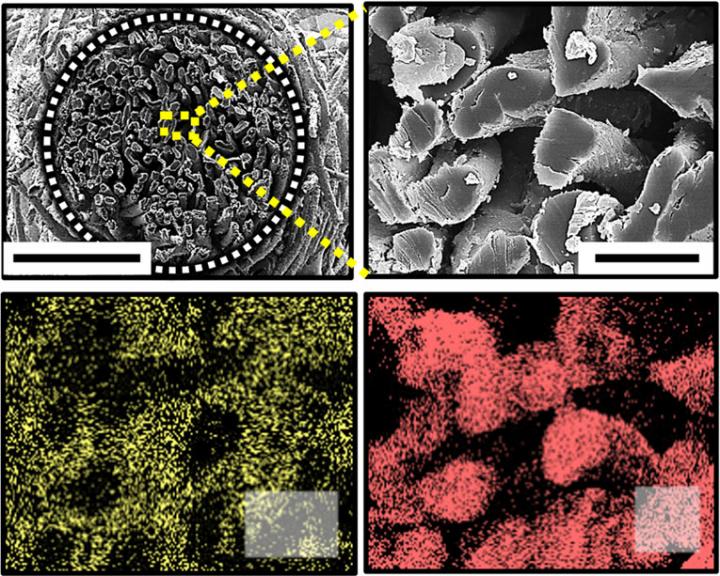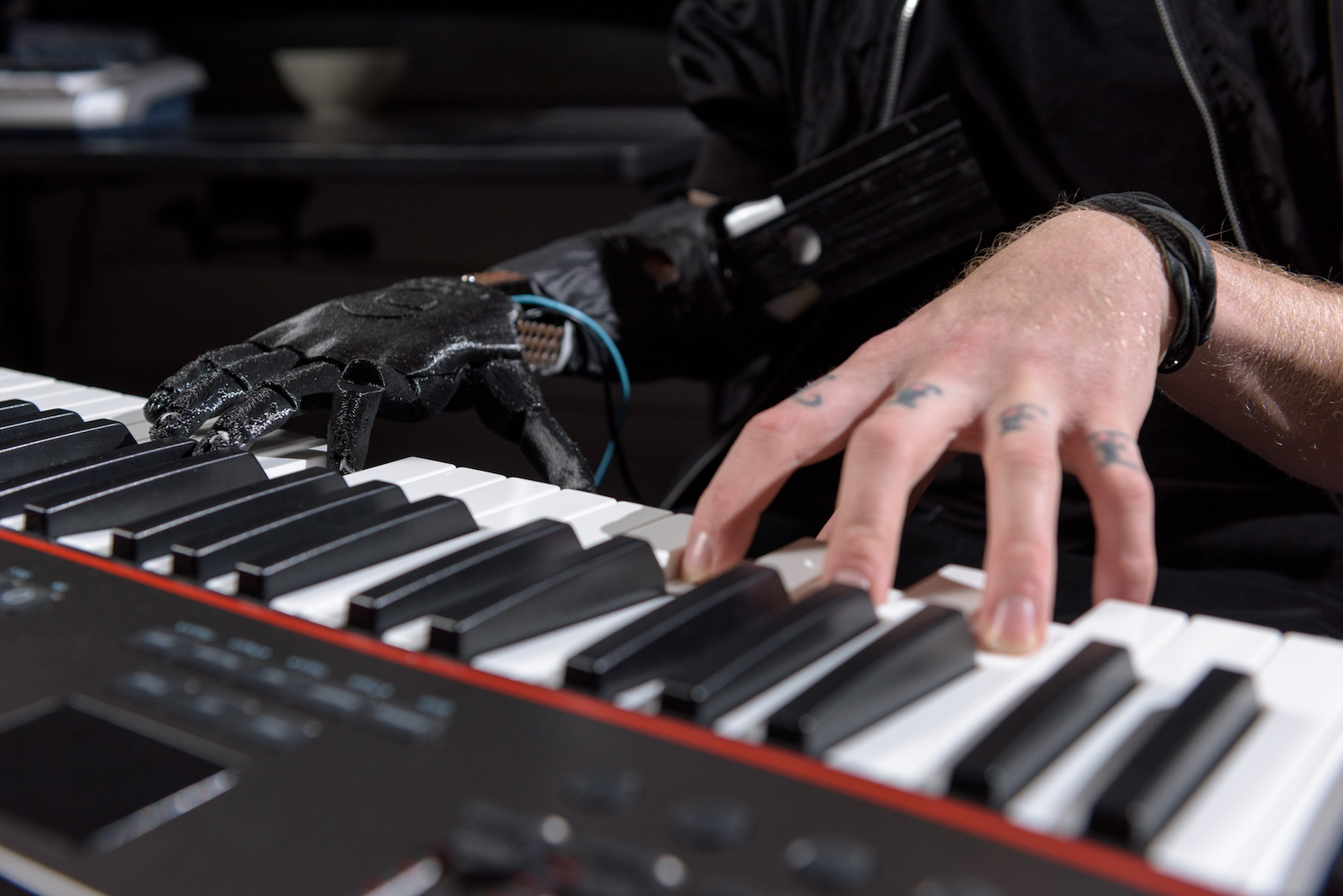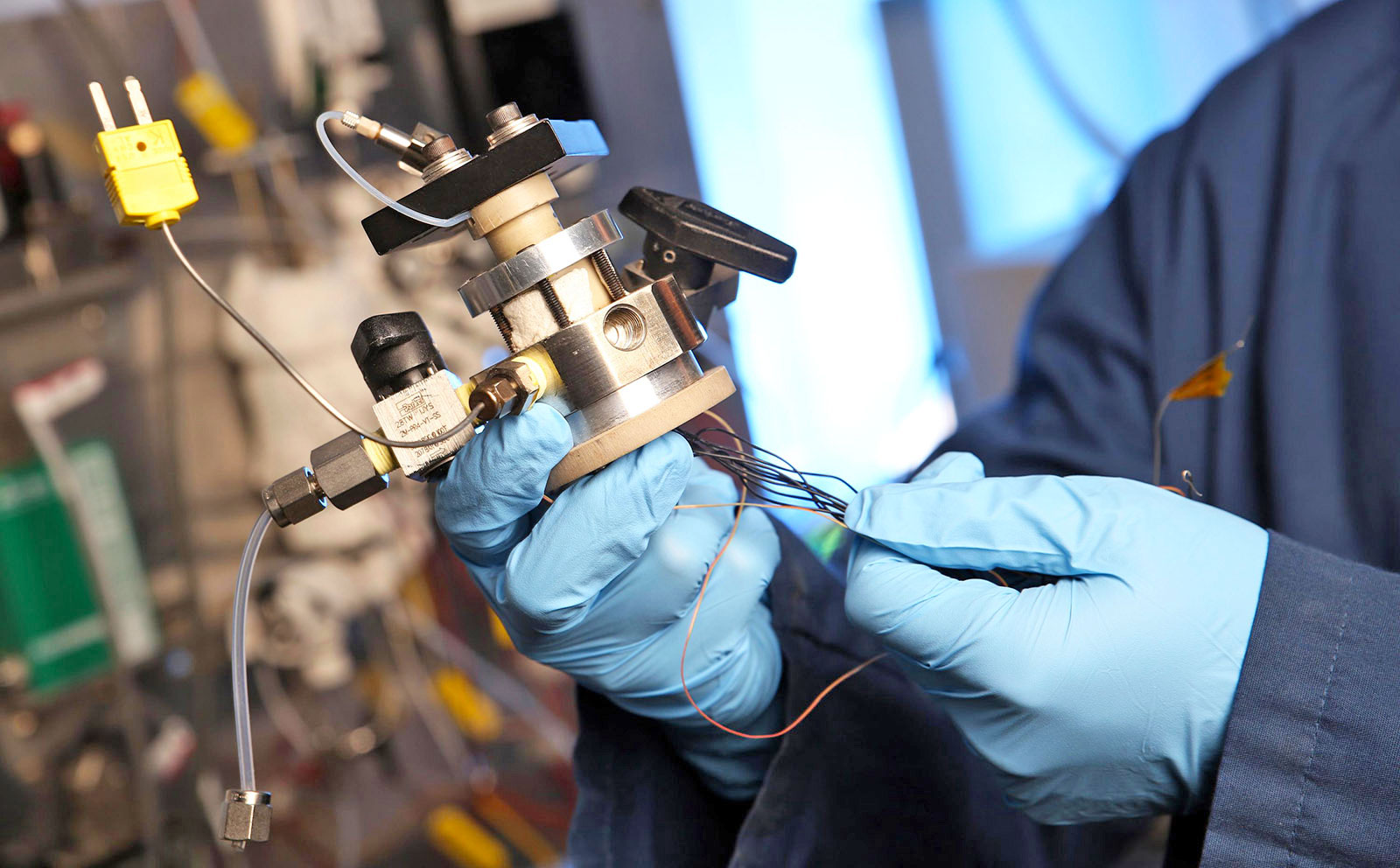
Trying to lower your utility bill? Maybe it's time you talked to a motor company -- Ford is on the warpath to reduce energy consumption. In a collaborative effort with SunPower Eaton and Whirlpool Ford is trying to show the world how it can drastically lower its electricity bills through the use of technology. The effort is called MyEnergi Lifestyle, and according to a model cooked up by the Georgia Institute of Technology, its energy-saving tricks could reduce the energy costs of an average single family home by as much as 60-percent. If every home in the U.S. got with the program, Ford explains, it would be like taking every home in California, New York and Texas off the grid.
The team's ideas incorporate a wide range of technology -- though much of it works around using utilities during off-peak hours. Dishwashers and water heaters that are programmed to do most of their high energy tasks at night, for instance, or Ford's Value charging system, which leverages a cloud database to charge electric vehicles when utility rates are at their lowest. Solar power and other renewable energy sources can augment off-peak use too, further reducing energy costs.
For now, it's a lot of talk and computer models -- but the companies involved are ready to put their money where their mouths are. In order to create a real-world model, MyEnergi Lifestyle is planning to launch a contest awarding one lucky family an energy efficient home makeover. Details on the promotion haven't been announced yet, but winners would presumably be outfit with enough technology to recreate the Georgia Institute of Technology's model on a real power bill. The team plans to showcase some of its ideas at CES throughout the week, but you can get the gist of it now by skimming the press release after the break.
Continue reading Ford teams up with Eaton, Whirlpool and SunPower to create MyEnergi Lifestyle, hopes to reduce everyone's CO2 footprint
Filed under: Misc, Transportation
Comments
 Researchers at the Georgia Tech and Korea University believe they have found a way to power implantable medical devices like pacemakers with a new fuel cell made from cotton fiber. The glucose-powered biofuel cell could provide twice as much power as...
Researchers at the Georgia Tech and Korea University believe they have found a way to power implantable medical devices like pacemakers with a new fuel cell made from cotton fiber. The glucose-powered biofuel cell could provide twice as much power as...
 Researchers at the Georgia Tech and Korea University believe they have found a way to power implantable medical devices like pacemakers with a new fuel cell made from cotton fiber. The glucose-powered biofuel cell could provide twice as much power as...
Researchers at the Georgia Tech and Korea University believe they have found a way to power implantable medical devices like pacemakers with a new fuel cell made from cotton fiber. The glucose-powered biofuel cell could provide twice as much power as...
 We won't have to wait until 2019 for our Blade Runner future, mostly because artificially intelligent robots already walk, roll and occasionally backflip among us. They're on our streets and in our stores. Some have wagged their way into our hearts w...
We won't have to wait until 2019 for our Blade Runner future, mostly because artificially intelligent robots already walk, roll and occasionally backflip among us. They're on our streets and in our stores. Some have wagged their way into our hearts w...
 Researchers at Georgia Tech have developed a prosthetic hand inspired by the bionic one given to Star Wars' Luke Skywalker. What sets this one apart from other prosthetics is the amount of dexterity it offers, allowing users to move individual finger...
Researchers at Georgia Tech have developed a prosthetic hand inspired by the bionic one given to Star Wars' Luke Skywalker. What sets this one apart from other prosthetics is the amount of dexterity it offers, allowing users to move individual finger...
 Here's the dilemma with hydrogen: fueling your car with the stuff is faster than charging an EV, but making and distributing it is inefficient and polluting. A team from the Georgia Institute of Technology has created a four-stroke "engine" that conv...
Here's the dilemma with hydrogen: fueling your car with the stuff is faster than charging an EV, but making and distributing it is inefficient and polluting. A team from the Georgia Institute of Technology has created a four-stroke "engine" that conv...





